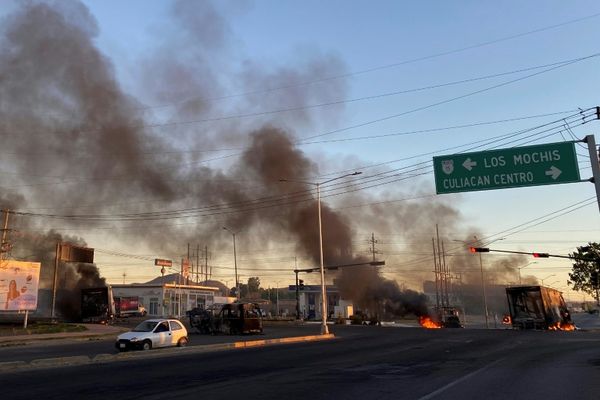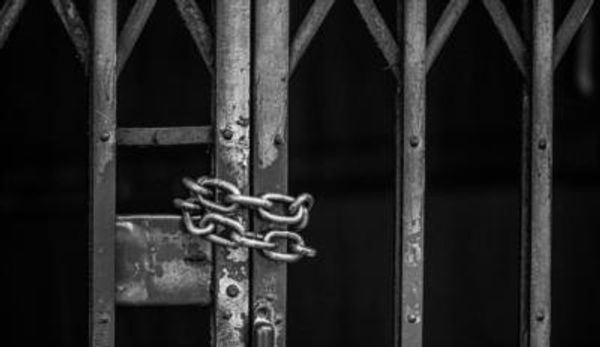
I am a Chicago public school principal. My wife is a teacher. This month was our fourth time on opposite sides of a picket line.
Now school is open again, mid-surge, and it is the wildest stretch in two years of pandemic schooling. COVID is everywhere. Kids are in and out of quarantine. Teachers are online and in person at the same time. Yesterday we COVID-tested a line of students 300 children long.
But this surreal circus is not the main plot of this year. The surge is ending. The crisis will still be here.
Children are not okay. Teachers are not okay. Schools are not okay.
We need help and we need understanding.
We knew this year would be hard. We did not know it would be like this: a kindergartener throwing chairs, a second-grader tearing up a classroom, a middle-schooler swearing in your face and then falling to the ground in tears. Every teacher I know feels like they are failing.
Children suffered in this pandemic. They experienced loss. They lost experiences. U.S. Surgeon General Vivek Murthy declared a mental health crisis in youth. In fifth grade, a day’s objective is: “I can identify signs of frustration in my body. I can use calming strategies to help me feel calm.”
Schools are supposed to have more, but we have less. Our district cannot find enough bus drivers. Our cafeteria does not have enough food. At breakfast I used the intercom to tell 670 children we had no milk. We are short-staffed every day.
We need more. The front line is not holding. Teachers. Substitute teachers. Fund them, find them, get them here. This summer, the federal government sent $1.9 trillion in emergency education funding. Use that money to put people in schools now. You cannot build an addition on a house that is on fire.
Everything the pandemic broke
In my school, crisis response means re-budgeting midyear to create a new position for conflict resolution. It means a community organization bringing parent mentors to our classrooms. It means anything that gets more eyes, ears, and hearts for our children now.
It is still not enough. There is no way to unbreak everything the pandemic broke. You cannot discipline your way out of trauma. There is nothing that can make healing not take time.
In sixth grade, the board says: “How will you adapt to change?”
Our job is to be what children need. Their needs are different now. We have to be different, too.
District leaders: In a crisis, move every resource to the front. Please understand, no one in schools can read your emails — we are subbing in classes. School leaders: Teachers are barely hanging on. Release them from everything but showing up the right way for kids. Teachers: you are caring for children who are relearning to care for each other. Do not give up.
We all wanted this to be the year we get back to normal, but it isn’t. We have to reframe. The goal this year is to come back together and not break. The goal is to keep going.
I feel for parents, too. I am one, with an eight-year-old who just recovered from COVID. He still remembers March 2020, when I said this would all last two weeks. Now it’s been a quarter of his life. This is an especially hard time to be a parent. This country does not promise sick time to workers, which means many of our parents must work to eat. When school goes remote, it all feels impossible.
We can all disagree about Omicron and school closings. The questions are hard and thoughtful people have different answers. But none of it means teachers are selfish. Teaching is a brutal way to make a living — to give so much for other people’s children, to put yourself in the way of awful things that land on young people, to love them and guide them in a world that feels broken.
On Jan. 4, the day before schools closed, I spoke to a teacher who was social distancing from his baby because one of his students tested positive. I saw a teacher sitting in the hallway with a weeping five-year-old, breathing with him through their masks until he calmed down.
It is going to keep being hard. But it is going to get better. We are relearning how to be together, one class of children at a time.
Before Thanksgiving, I asked students what they are thankful for. They said their teachers.
“She understands us.”
“He takes care of us.”
“She’s here.”
Every morning, the bell rings again.
Today, eighth-graders played together in the same gym where they played as preschoolers. Fifth graders solved a problem at the whiteboard. Richard wrote his name.
Seth Lavin is the principal at Brentano Elementary Math & Science Academy in Logan Square.
Send letters to letters@suntimes.com







